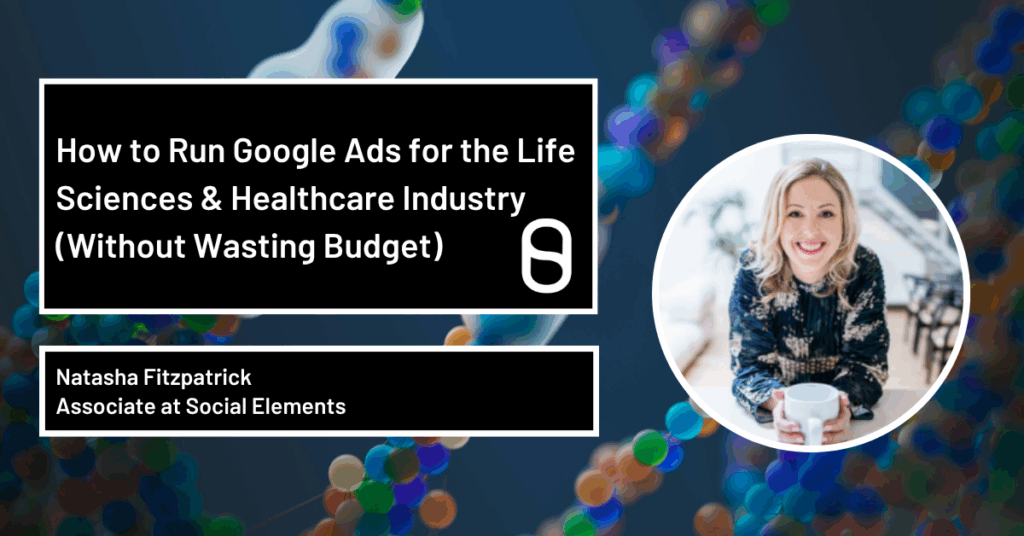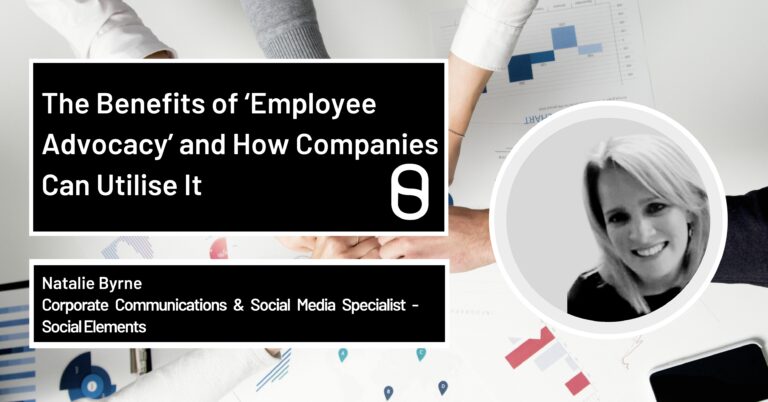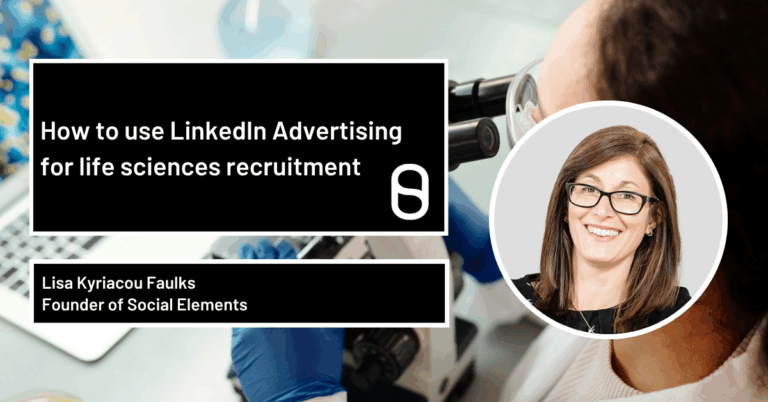How to Run Google Ads for the Life Sciences & Healthcare Industry (Without Wasting Budget)
When it comes to paid search in the life sciences and healthcare industry, precision matters. Whether you’re promoting a biotech solution, private clinic, medical device, or B2B healthcare service, Google Ads can be incredibly effective – but only when handled with care.
This sector brings unique challenges: tight regulations, niche audiences, high CPCs, and a longer buying cycle. So, if you’re running Google Ads like you would for e-commerce or a lifestyle brand, you’re likely burning through budget with little to show for it.
Here’s how to do it properly.
1. Understand the Regulations First
Before you even open Google Ads, you need to know exactly what is—and is not—allowed in this industry. Healthcare and life sciences advertising is tightly regulated at both a platform level and by external codes of practice.
Here are the key frameworks to be aware of:
Google Ads Healthcare & Medicines Policy
- Google prohibits advertising of certain healthcare content, particularly around prescription-only medicines (POM), unlicensed treatments, and speculative cures.
- You may need to apply for Google certification if you are advertising authorised services (such as registered private clinics) or restricted products.
- Ads promoting COVID-19-related content, clinical trials, or specific treatments face additional restrictions.
UK ABPI Code of Practice
- The Association of the British Pharmaceutical Industry (ABPI) Code of Practice, administered by the PMCPA (Prescription Medicines Code of Practice Authority), explicitly prohibits advertising and promotion of POMs (Prescription-Only Medicines) to the general public.
- This means you cannot run Google Ads directly promoting a prescription drug to consumers – even if the drug is fully licensed and clinically proven.
- The Code also places strict rules on:
- Promotional claims
- Comparative advertising
- Use of patient testimonials
- Material aimed at healthcare professionals vs the public
- Promotional claims
PMCPA Guidelines
- The PMCPA guidelines enforce and interpret the ABPI Code and often investigate complaints relating to promotional activity, including digital advertising.
- Even if your Google Ads campaign is technically within Google’s policy, it could still breach UK industry codes if, for example:
- It promotes a POM to the public
- It implies a product recommendation not supported by the SPC (Summary of Product Characteristics)
- It uses emotive or misleading phrasing
- It promotes a POM to the public
👉 This means you need a dual compliance check: one against Google Ads policy, and one against ABPI/PMCPA rules.

2. Be Hyper-Specific with Targeting
In life sciences and healthcare, you’re usually not targeting the masses – you’re targeting the right person, in the right context.
Some examples:
- A medtech company might want to reach procurement managers in NHS trusts.
- A fertility clinic may want to reach women aged 30–42 within a 10-mile radius.
- A lab equipment supplier may be selling only to biotech startups or university researchers.
This is where:
- Location targeting
- Demographic filters
- Custom segments (based on search intent or interests)
- Keyword match types
…all play a big role. The more precise your targeting, the less waste, and the more likely you are to capture high-intent traffic.
3. Build Conversion Pathways for Longer Journeys
The buying journey in this space is rarely linear. A user may:
- Research a problem
- Evaluate different providers
- Request clinical evidence or trials
- Loop in procurement or compliance teams
- And only then convert.
So instead of focusing purely on a last-click sale or lead, think about creating a full conversion pathway:
- Use search campaigns to capture high-intent queries
- Pair with display remarketing to stay top of mind
- Build conversion-friendly landing pages that explain your USP clearly, with proof points
- Offer lead magnets (e.g. whitepapers, clinical studies, trial requests) that help move prospects further down the funnel
Measure micro-conversions like downloads, form starts, or call clicks – not just the final “Thank You” page.

4. Write Ad Copy That Reflects Credibility - and Compliance
In this industry, you’re not just selling – you’re building trust under strict regulatory scrutiny. Your ad copy needs to reflect that while staying fully compliant with both platform policies and industry codes.
Here’s how to approach it:
Focus on:
- Certifications
(“ISO accredited,” “MHRA approved,” “CE marked device”) - Expertise
(“20+ years in the field,” “UK’s leading fertility clinic”) - Data
(“Proven to reduce error rates by 35%,” “500+ successful procedures”) - Clarity over cleverness
Avoid vague, clickbaity, or emotive language (“miracle cure,” “you need this now”).
Regulatory considerations:
- If promoting prescription-only medicines (POMs), you cannot advertise directly to the public (ABPI Code of Practice, Clause 26).
- You cannot use patient testimonials that imply a product recommendation (ABPI Clause 22; PMCPA guidance).
- You must not imply that a product is safe because it is natural or free from side effects (ABPI Clause 7; MHRA Blue Guide).
- Avoid words like “safe,” “guaranteed,” “cure,” “best,” unless these can be substantiated and are permitted within the product’s regulatory status.
- Claims must be consistent with the Summary of Product Characteristics (SmPC) — even if the audience is healthcare professionals.
- If running disease awareness campaigns (for non-HCP audiences), you must:
- Not reference a specific medicine.
- Not encourage patients to ask their doctor for a particular product.
- Include balanced and factual information about the disease area only.
- Not reference a specific medicine.
Practical tip:
Have your copy and creative pre-approved by the client’s internal compliance/legal team before submitting for Google Ads approval — particularly if you’re working with:
- Pharma companies
- Biotech firms
- Private healthcare providers
- Clinics marketing regulated treatments (IVF, gene therapy, oncology, etc.)
👉 Decision-makers in this space are savvy, risk-averse, and expect high levels of credibility. But remember: credibility ≠ promotional hype — your copy must inform, not over-promise.
5. Track the Right Metrics (Not Just Clicks)
In high-CPC industries like healthcare, it’s essential to track value, not just volume. A £10 CPC is fine if the lead is worth £10,000.
Use:
- Offline conversion tracking for deals that close via phone or follow-up
- Lead scoring to filter out time-wasters
- Custom conversion actions in Google Ads to track early-stage activity
The goal isn’t more leads – it’s better leads.
Final Thought: Don’t “Set and Forget”
Google Ads is not a one-time setup. Especially in life sciences and healthcare, where competition is high and nuance matters. Regular audits, A/B testing, negative keyword expansion, and adapting to seasonal trends or regulatory shifts can all make a significant difference to performance.
Need help managing Google Ads in a regulated industry?
At Social Elements, we work with healthcare and science-focused organisations to build ad strategies that convert without compliance headaches. If you’re tired of vague reporting and wasted spend, let’s chat.

About the Author – Natasha Fitzpatrick
I’m a Google and Meta Ads expert for ecomm and service-based businesses in specialised industries, including healthcare and life sciences. My approach is highly collaborative and data-driven, to get the best possible results for my clients. I use my expertise to help businesses grow, working with well-established brands and SMEs just starting their digital ads journey.


